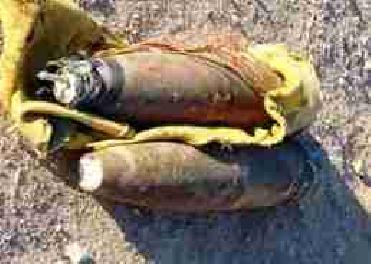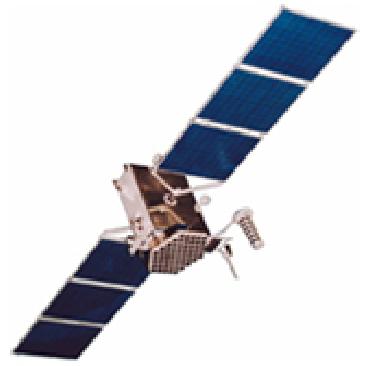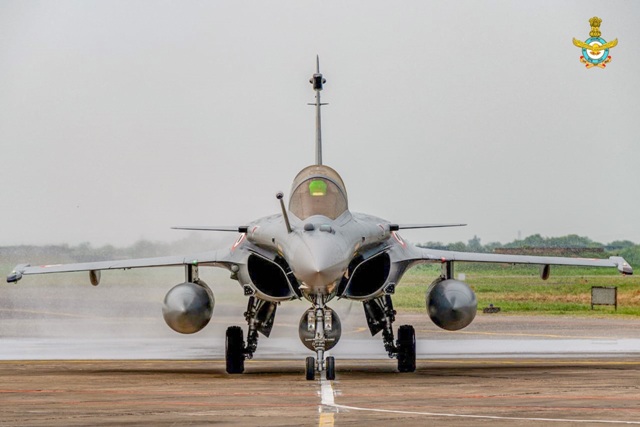
Improvised explosive device (IED) also known as road side bombs. They are utilized as military explosives or military ordnance and components. It is also called as a homemade bomb. An IED is simple to make, easily hidden and very destructive.
Booby traps and IEDs are similar to mines in that they are designed to hurt or incapacitate personnel. They are designed to avoid detection and improve effectiveness. Most are victim-activated, but some may involve remote or command detonation architectures.
Following are the basic parts of an IED:
• A power supply, often provided by car batteries or alkaline flashlight batteries
• A trigger, switch or some other direct or indirect means of setting the device off, such as a radio signal, trip wire, timer or firing button that someone presses.
• A common form of remote trigger is a cell phone, cordless phone, radio or garage door opener activated by someone who is watching.
• A detonator, a small explosive charge that sets off the main charge. Detonators are usually electrical, like those used for explosions in construction.
• A main charge, the primary explosive that's the big guns behind the blast. Unexploded landmines fit the bill.
• A container to hold everything together. The container may be designed to force the blast in a specific direction.
The three basic categories:
1. Package Type IED: The IEDs are often concealed in a package that may be in plain sight, hidden or buried.
2. Vehicle-Borne IEDs (VBIEDs): IEDs can be placed in a vehicle's trunk (vehicle-borne IED or VBIED). A driver may park the vehicle alongside a convoy route. A remote watcher can then detonate the VBIED from a safe distance.
3. Suicide Bomb IED: The last delivery method relies on a suicide bomber. The suicide bomber may drive a VBIED into the target area and explode it or strap the device on his or her body, walk into the intended target area and explode it.
The road side bombs (IED) are used in different ways to target the enemies. They are mounted on an occupied target vehicle and detonated while the vehicle is in transit. IEDs concealed along the route and detonated while the target vehicle is passing, sometimes IEDs and conventional ordnance projected at the target vehicle.
-Courtesy:
Global Security Website
How Stuff Works website
 Previous Article
Previous Article Next Article
Next Article













The Indian Air Force, in its flight trials evaluation report submitted before the Defence Ministry l..
view articleAn insight into the Medium Multi-Role Combat Aircraft competition...
view articleSky enthusiasts can now spot the International Space Station (ISS) commanded by Indian-American astr..
view article